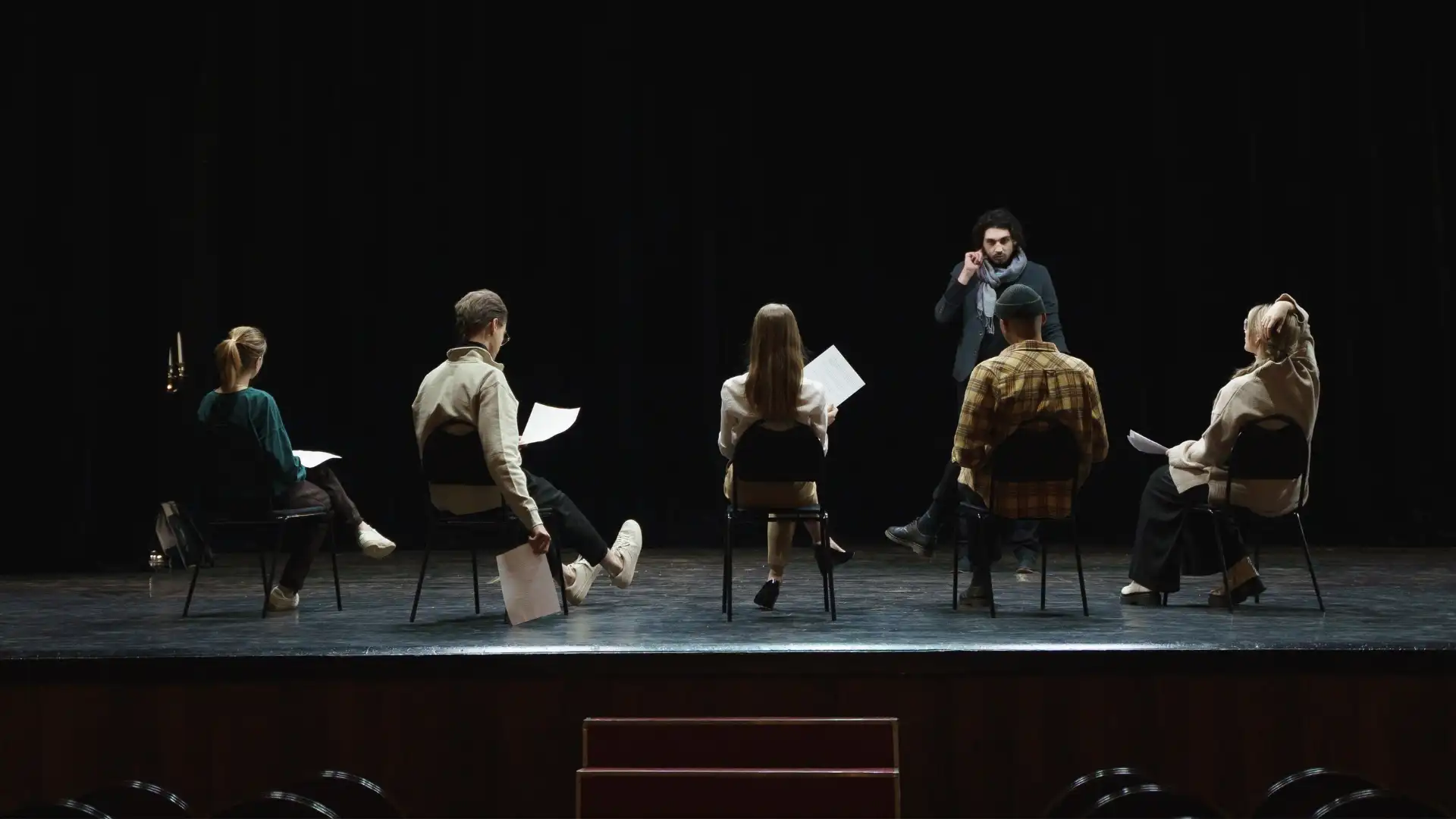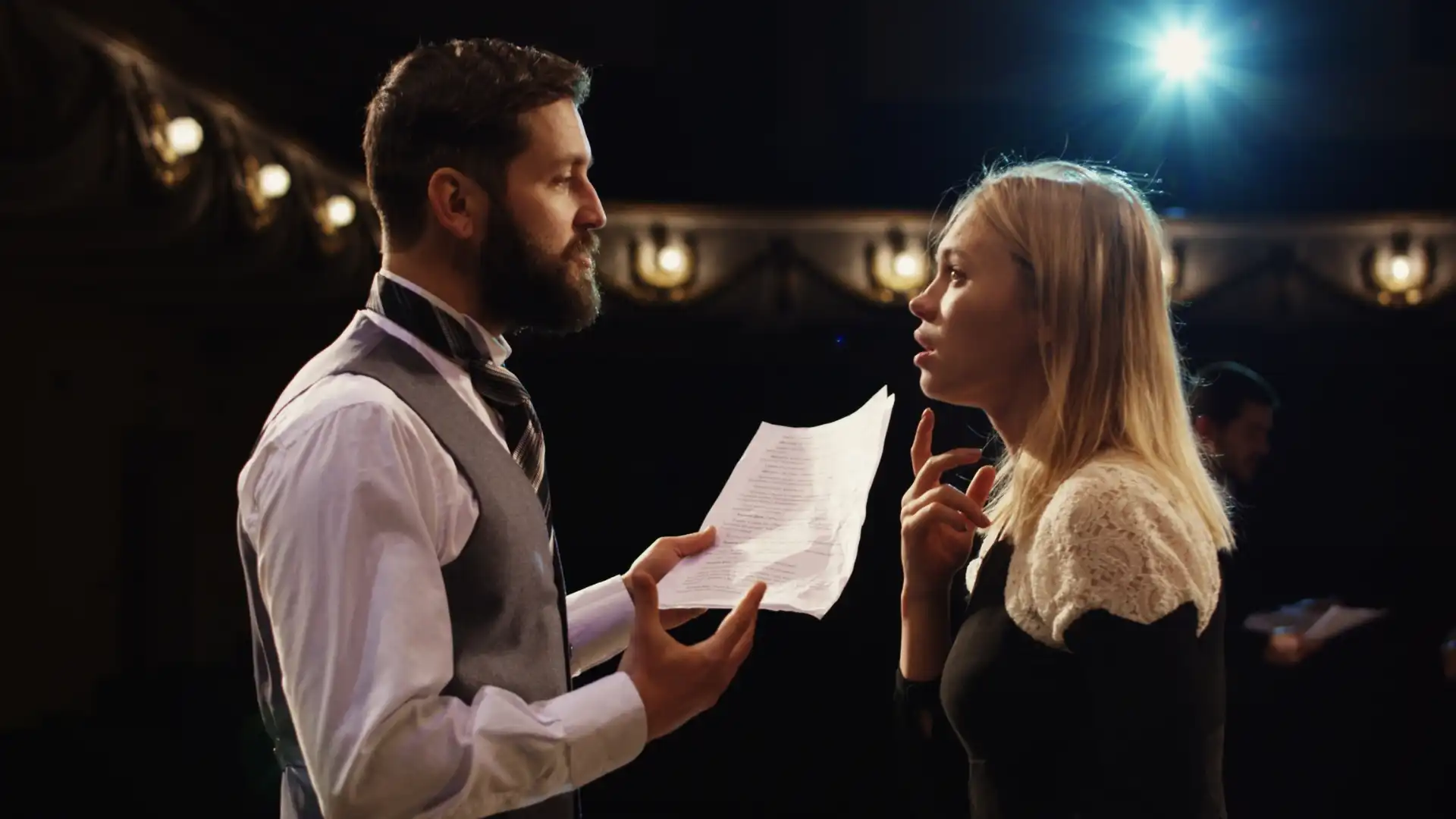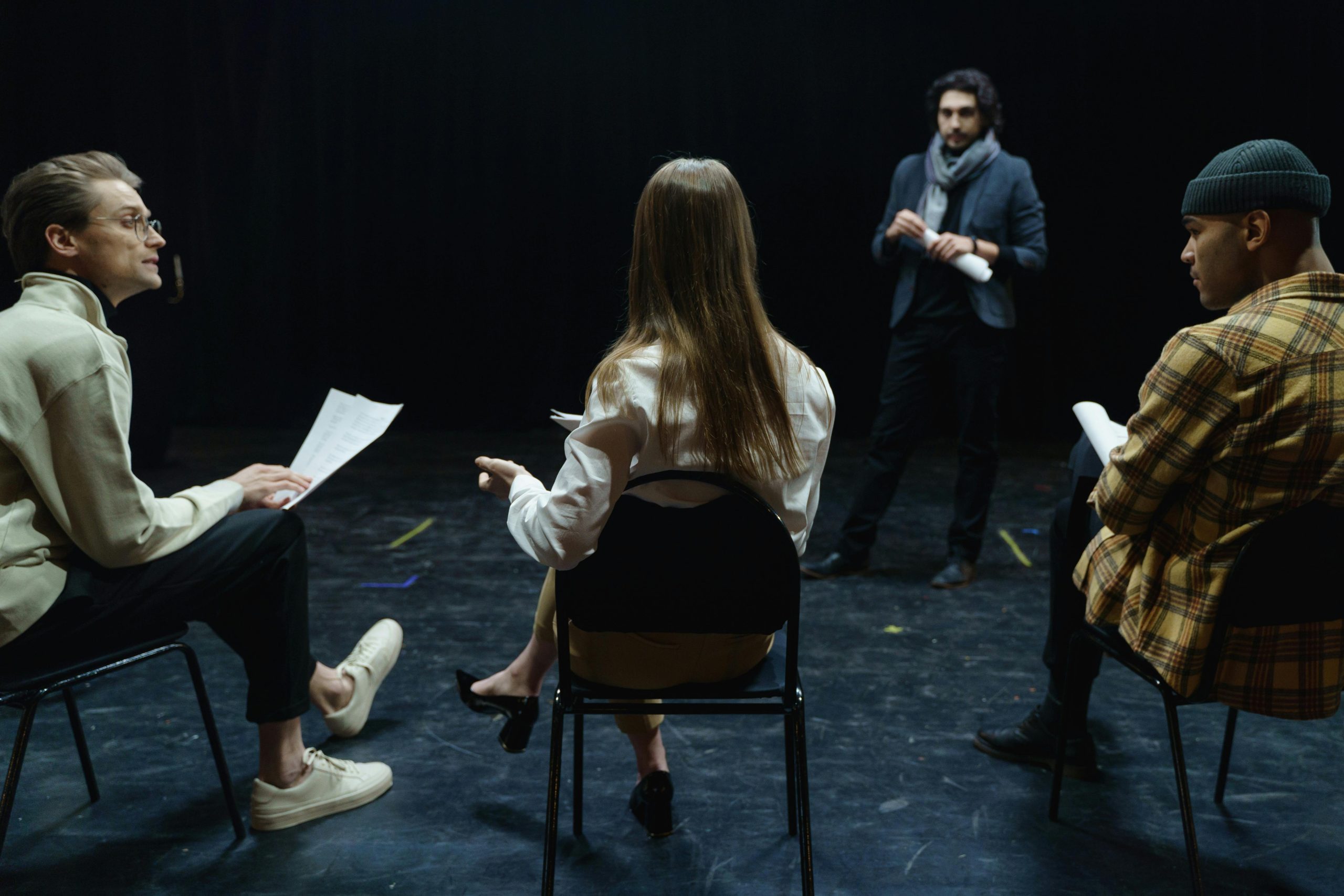Sneaker design is a dynamic and exciting field that continues to captivate individuals worldwide. From iconic brands to emerging designers, the sneaker industry offers a myriad of opportunities for creative minds to showcase their talent and innovation.
One crucial aspect of the sneaker design process is creating a prototype that brings your vision to life. In this comprehensive guide, we will delve into the intricacies of crafting a sneaker prototype, providing you with valuable insights and practical tips to help you navigate this essential step in the design process.
1. Understand the Design Brief
Before diving into the prototyping phase, it is crucial to have a clear understanding of the design brief. Whether you are working on a personal project or collaborating with a brand, the design brief outlines the creative direction, target audience, technical specifications, and other essential details that will guide your prototype development process.
By thoroughly familiarizing yourself with the design brief, you can ensure that your prototype aligns with the intended vision and goals of the project.
2. Research and Inspiration
Inspiration can come from various sources, including art, fashion, architecture, nature, and street culture. Conducting thorough research and gathering inspiration from diverse sources can help you generate innovative ideas and unique design concepts for your sneaker prototype.
Explore current trends in the sneaker industry, study the works of renowned designers, and immerse yourself in different creative disciplines to fuel your imagination and spark new ideas.
3. Sketching and Concept Development
The initial stages of prototype development often involve sketching and concept development. Use sketching as a tool to visualize your ideas, experiment with different design elements, and refine your concepts. Consider factors such as silhouette, materials, colorways, branding details, and embellishments as you sketch out various iterations of your sneaker design.
This iterative process allows you to explore different possibilities and gradually narrow down your options to create a cohesive and compelling design.
4. Material Selection
Selecting the right materials is crucial in creating a successful sneaker prototype. The choice of materials not only impacts the aesthetics of the design but also influences the comfort, performance, and durability of the final product.
Experiment with different fabrics, leathers, synthetics, and other materials to find the perfect balance of style and functionality for your prototype. Consider factors such as breathability, flexibility, support, and weather resistance when choosing materials for different components of the sneaker.
5. Technical Drawings and Specifications
Once you have finalized the design concept and material selection, it is time to create detailed technical drawings and specifications for your sneaker prototype. Technical drawings serve as blueprints that communicate the precise dimensions, construction details, stitching patterns, and assembly instructions to manufacturers or artisans responsible for producing the prototype.
Pay close attention to accuracy and clarity in your technical drawings to ensure seamless communication and execution during the prototyping phase.
6. Prototyping Process
The prototyping process involves translating your design concept and technical specifications into a physical prototype. Depending on your resources and expertise, you can choose to create the prototype by hand or utilize digital tools and technologies such as 3D modeling and printing.
Collaborate with skilled craftsmen, shoemakers, or manufacturers to bring your prototype to life, ensuring that the final product reflects your vision and meets the quality standards set forth in the design brief.
7. Testing and Iteration
Once the initial prototype is created, it is essential to conduct rigorous testing and evaluation to assess its fit, comfort, performance, and overall quality. Wear the prototype, walk in it, and test it under different conditions to identify any potential design flaws or areas for improvement.
Solicit feedback from peers, mentors, or industry professionals to gain valuable insights and perspectives that can inform your iteration process. Make necessary adjustments, refinements, and revisions to enhance the prototype and address any issues that may arise during testing.
8. Presentation and Showcase
After refining your sneaker prototype based on testing and feedback, prepare it for presentation and showcase. Develop a compelling narrative that communicates the inspiration, design process, technical details, and unique features of your prototype.
Create visually appealing presentation materials such as mood boards, renderings, photographs, and videos to showcase your prototype in its best light.
9. Industry Networking and Collaboration
Networking plays a vital role in the sneaker industry, offering opportunities to connect with like-minded professionals, brands, manufacturers, and influencers. Attend industry events, trade shows, workshops, and conferences to expand your network, gain industry insights, and explore potential collaboration opportunities.
Engage with online communities, social media platforms, and professional organizations to stay informed about industry trends, job openings, and creative opportunities in the sneaker design field.
10. Pursuing Career Opportunities
With a well-crafted sneaker prototype and a strong portfolio showcasing your design skills and creativity, you can pursue various career opportunities in the sneaker industry. Explore roles such as sneaker designer, footwear developer, product developer, design assistant, materials specialist, or freelance designer with established brands, design studios, manufacturers, or entrepreneurial ventures.
Leverage your portfolio, industry connections, and passion for sneaker design to carve out a fulfilling and rewarding career path in this dynamic and competitive field.
Conclusion
In the fast-paced and ever-evolving world of sneaker design, creating a prototype is a critical step that requires creativity, technical skill, attention to detail, and perseverance.
By mastering the art of crafting a sneaker prototype and following the steps outlined in this guide, you can bring your design vision to life, showcase your talent, and pursue exciting career opportunities in the vibrant and innovative sneaker industry.
Key Takeaways:
- Understanding the design brief is crucial before starting the prototyping phase.
- Research and gather inspiration from diverse sources to generate innovative ideas.
- Sketching and concept development help visualize and refine your sneaker design.
- Material selection impacts the aesthetics and functionality of the prototype.
- Detailed technical drawings and specifications are essential for clear communication.
- The prototyping process involves translating design concepts into physical prototypes.
- Testing and iteration are necessary to enhance fit, comfort, and overall quality.
- Presentation and showcasing your prototype effectively communicate its unique features.
- Networking and collaboration opportunities can help you connect with industry professionals.
- Pursue various career opportunities in sneaker design with a well-crafted portfolio.
For further expertise in sneaker design and prototyping, consider exploring the FIT x Complex Sneaker Essentials online course and certificate program offered by Yellowbrick.
This comprehensive program can provide you with valuable insights, industry knowledge, and practical skills to excel in the dynamic world of sneaker design.








